1/ To celebrate the opening of the Ceneri tunnel, the little sister of the Gotthard base tunnel, here is a thread about the Epic Old pioneering and the Brand New contemporary eras of trans-Alpine rail crossings, over or under the the mighty Alps!
 https://abs.twimg.com/emoji/v2/... draggable="false" alt="🎶" title="Mehrere Musiknoten" aria-label="Emoji: Mehrere Musiknoten">dramatic background music
https://abs.twimg.com/emoji/v2/... draggable="false" alt="🎶" title="Mehrere Musiknoten" aria-label="Emoji: Mehrere Musiknoten">dramatic background music https://abs.twimg.com/emoji/v2/... draggable="false" alt="🎶" title="Mehrere Musiknoten" aria-label="Emoji: Mehrere Musiknoten">
https://abs.twimg.com/emoji/v2/... draggable="false" alt="🎶" title="Mehrere Musiknoten" aria-label="Emoji: Mehrere Musiknoten">
2/The one between railways and mountains is not a very easy marriage, as you know. Especially for early steam powered trains, unable to climb steep grades and not very healthy in long tunnels. But the only way to connect N-Italy with the rest of Europe is to cross the Alps.
3/ The Semmering Railway, connecting Vienna and Graz through the homonym pass, is considered the first mountain railway. Opened in 1854, it climbs up the mountains with tunnels, large stone viaducts and a very long (for the time) summit tunnel of 1.4 km
4/ The second Alpine crossing to open is another UP-THE- MOUNTAINS, the Brenner line, completed in 1867. It follows the Adige and Isar valleys up the 1,371m alt of the Brennero pass and then down to the Inn valley in Austria, with a maximum grade of 2,5%, pretty steep for freight
5/ But the dean of Alpine long tunnels is the Frejus. Started in 1857 to connect Turin with Chambery (still part of the the Kindgom of Piedmont at the time) and ultimately Paris, it was completed in 1871. It is 13.6 km long and culminates at 1,335m alt
6/ It was a tremendous economic effort for the little kingdom and the construction was forecast to last for 25 years. That is why a meter gauge mountain rail was built across the Mont-Cenis pass, peaking at 2,083m alt. It lasted only a few years. Some tunnels still exist today.
7/ The next one is the Gotthard line, between the upper Ticino and German Swiss cantons, with its 15 km tunnel under the Gottardo pass and its famous approaches using spirals and loops to culminate in the tunnel at 1,150m alt. It opened in 1882.
8/ The last arrived in the family of pioneering alpine crossing is the Simplon tunnel. Opened 1906, it was for long time the longest tunnel in the world at 19,8 km. It& #39;s the only one electrified since the beginning. To celebrate, an expo was made in Milan:
#12">https://retours.eu/en/28-expo-milano-1906/ #12">https://retours.eu/en/28-exp...
#12">https://retours.eu/en/28-expo-milano-1906/ #12">https://retours.eu/en/28-exp...
9/For long time, no new rail was built across the Alps. But many of the early crossing, even if completely double tracked and electrified since the 1900s, proved insufficient, excessively steep, too prone to bad mountain weather. That& #39;s why a second era of Alpine crossing started
10/ The first (and only one) completed to day is the Gotthard base tunnel, Built between 1999-2016, it& #39;s a 57 km twin bore tunnel, built for speed up to 250 km/h. It lowers the summit point to 549m alt so as to provide the first quasi flat route across the Alps
11/ But many more are u/c today. 12 The Semmering base-tunnel, a dwarf in the category at 27.3 km "only", is probably the next to open (2027), after several delays and re-planning (originally planned for 2024).
11/ The Brenner Tunnel will be the queen of Alpine tunnels in 2028: the tunnel itself is 55km, but it goes up to 79km of continuous tunnel considering the Innsbruck bypass in the north and the Brixen approach tunnel in the south, making it the longest continuous rail tunnel
12/ The last one to reach the family is the Frejus base-tunnel (also known as Mt. Ambin base tunnel, part of the Lyon-Turin rail link). It& #39;s probably the most contentious one, as it spurred fierce opposition locally that gathered a national NO-TAV (NO-HSR) heterogeneous mouvement
13/ Hard to say why, unlike the Brenner, it sparked so much opposition. Marketing it as a High Speed Line and not a base-tunnel mainly for freight was probably a wrong choice. The early planning process was excessively top-down, even if it was corrected in the following phases.
14/ Despite that, works have re-started in 2017 on exploratory tunnels, albeit with a half-hearted commitment especially from recent Italian governments, thanks also to an increased EU contribution to the 8 bn€ price tag. Commissioning of the base tunnel is now forecast in 2029
15/ And I& #39;m not talking here of the less know cross-Alpine routes, like the Tarvisio line, completely double-tracked with long tunnels and bridges in the 1990-2000s without anybody noticing. Maybe a low profile would have helped the Turin-Lyon too...
16/ By the end of the current decade, the whole experience of crossing the Alps by train will be revolutionized, with increased freight capacity and faster passenger journeys. But don& #39;t be sad: for the lovers of landscape, trains will continue to go over the old, curvy routes https://abs.twimg.com/emoji/v2/... draggable="false" alt="🥰" title="Smiling face with 3 hearts" aria-label="Emoji: Smiling face with 3 hearts">
https://abs.twimg.com/emoji/v2/... draggable="false" alt="🥰" title="Smiling face with 3 hearts" aria-label="Emoji: Smiling face with 3 hearts"> https://abs.twimg.com/emoji/v2/... draggable="false" alt="😍" title="Lächelndes Gesicht mit herzförmigen Augen" aria-label="Emoji: Lächelndes Gesicht mit herzförmigen Augen">
https://abs.twimg.com/emoji/v2/... draggable="false" alt="😍" title="Lächelndes Gesicht mit herzförmigen Augen" aria-label="Emoji: Lächelndes Gesicht mit herzförmigen Augen">

 Read on Twitter
Read on Twitter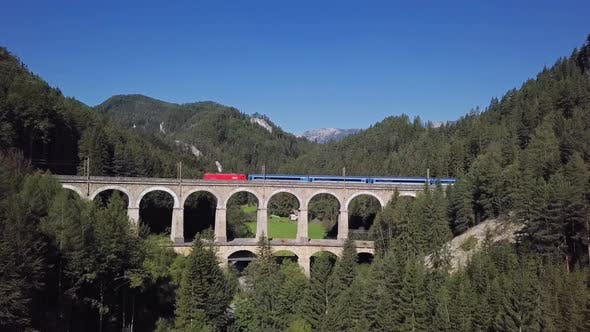 dramatic background musichttps://abs.twimg.com/emoji/v2/... draggable="false" alt="🎶" title="Mehrere Musiknoten" aria-label="Emoji: Mehrere Musiknoten">" title="1/ To celebrate the opening of the Ceneri tunnel, the little sister of the Gotthard base tunnel, here is a thread about the Epic Old pioneering and the Brand New contemporary eras of trans-Alpine rail crossings, over or under the the mighty Alps!https://abs.twimg.com/emoji/v2/... draggable="false" alt="🎶" title="Mehrere Musiknoten" aria-label="Emoji: Mehrere Musiknoten">dramatic background musichttps://abs.twimg.com/emoji/v2/... draggable="false" alt="🎶" title="Mehrere Musiknoten" aria-label="Emoji: Mehrere Musiknoten">" class="img-responsive" style="max-width:100%;"/>
dramatic background musichttps://abs.twimg.com/emoji/v2/... draggable="false" alt="🎶" title="Mehrere Musiknoten" aria-label="Emoji: Mehrere Musiknoten">" title="1/ To celebrate the opening of the Ceneri tunnel, the little sister of the Gotthard base tunnel, here is a thread about the Epic Old pioneering and the Brand New contemporary eras of trans-Alpine rail crossings, over or under the the mighty Alps!https://abs.twimg.com/emoji/v2/... draggable="false" alt="🎶" title="Mehrere Musiknoten" aria-label="Emoji: Mehrere Musiknoten">dramatic background musichttps://abs.twimg.com/emoji/v2/... draggable="false" alt="🎶" title="Mehrere Musiknoten" aria-label="Emoji: Mehrere Musiknoten">" class="img-responsive" style="max-width:100%;"/>

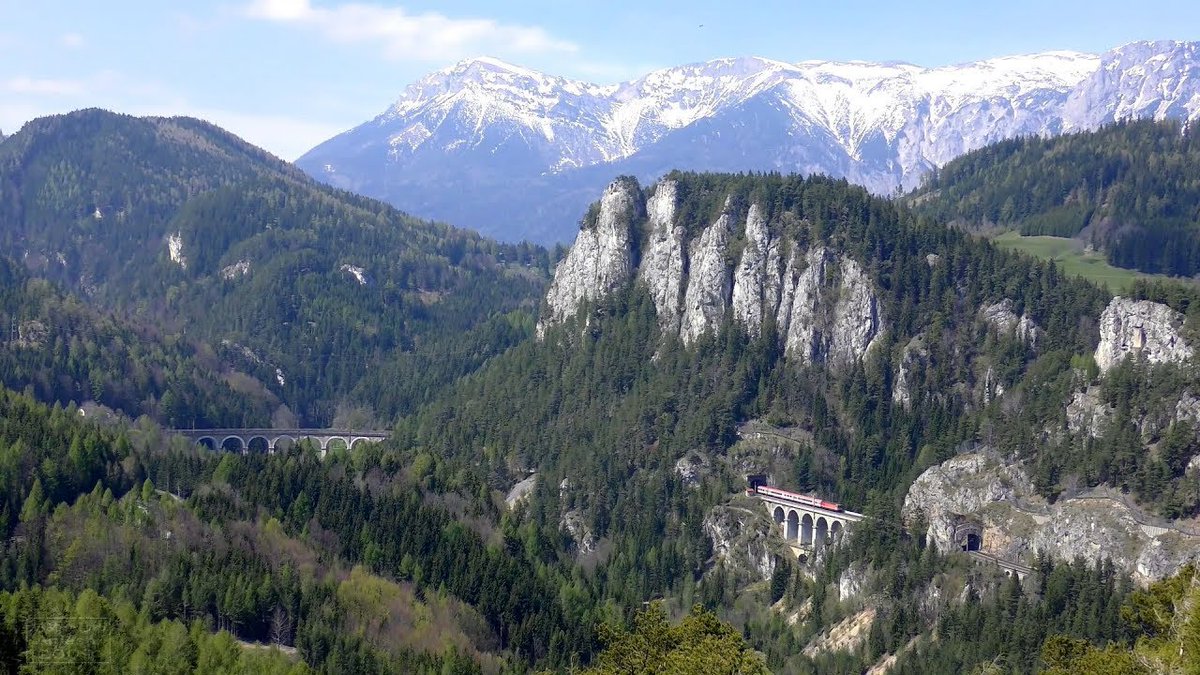
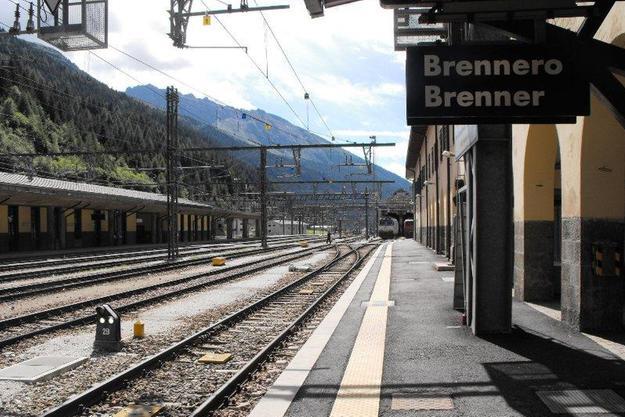
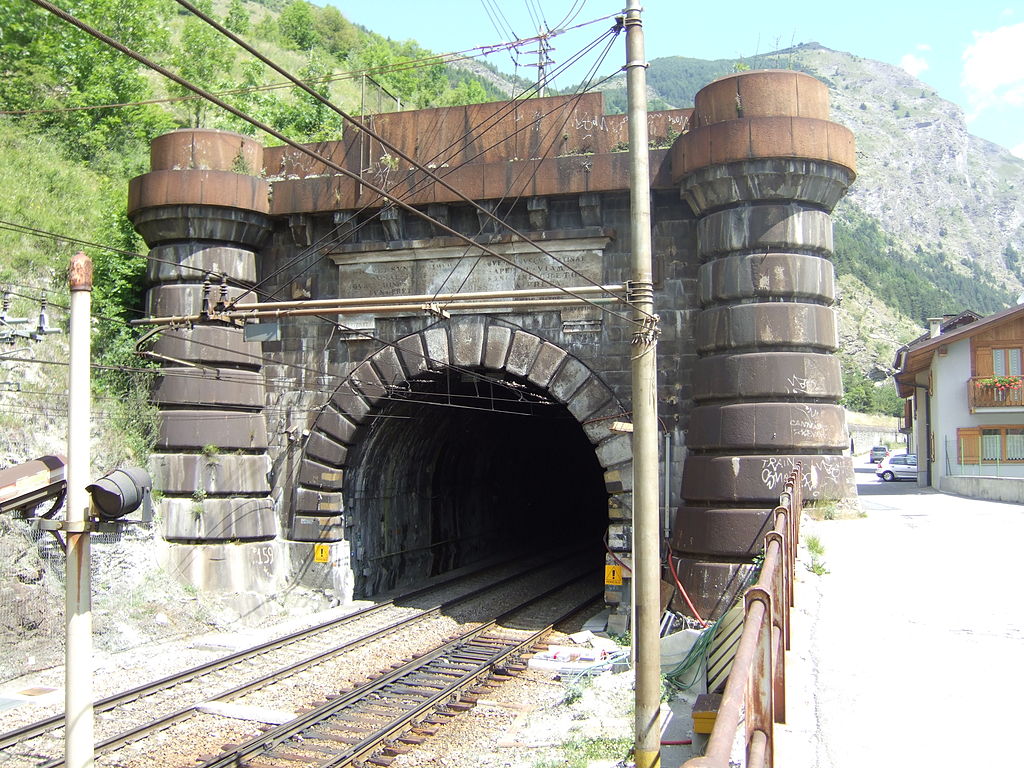
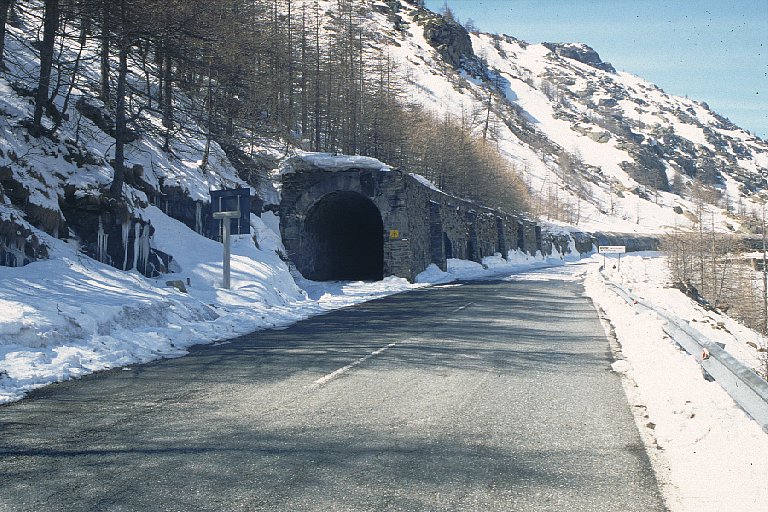
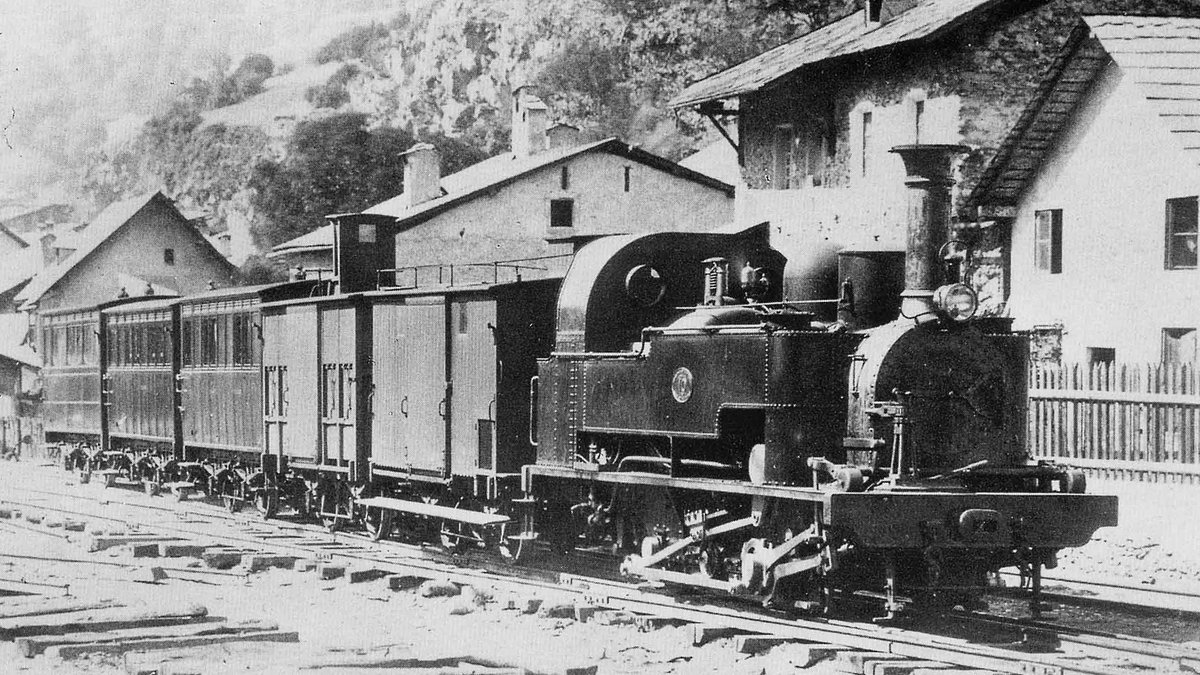
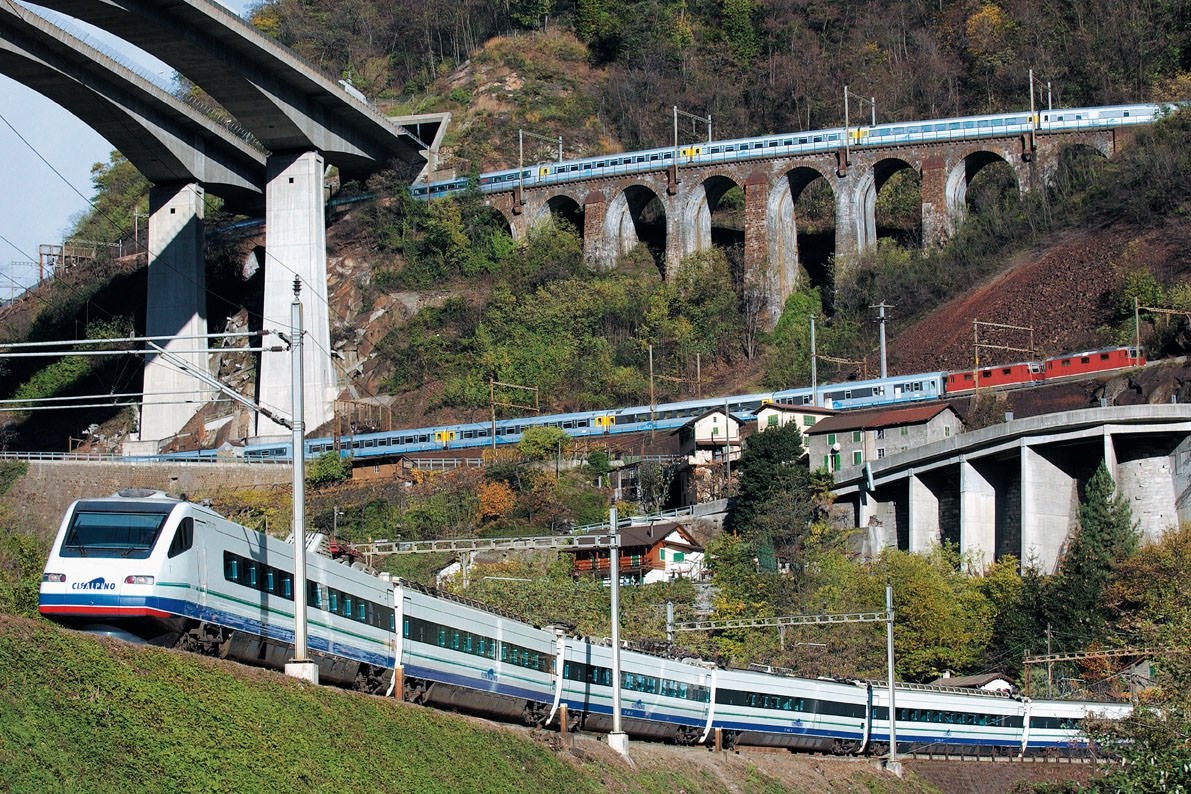
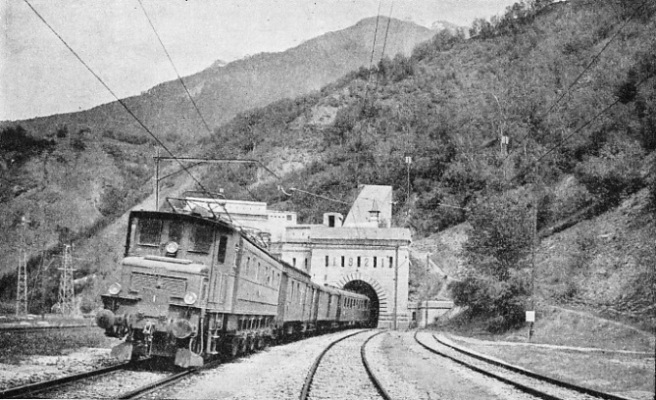

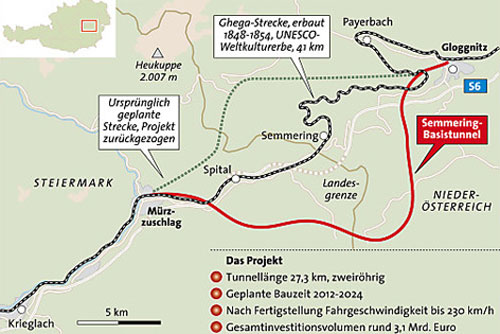
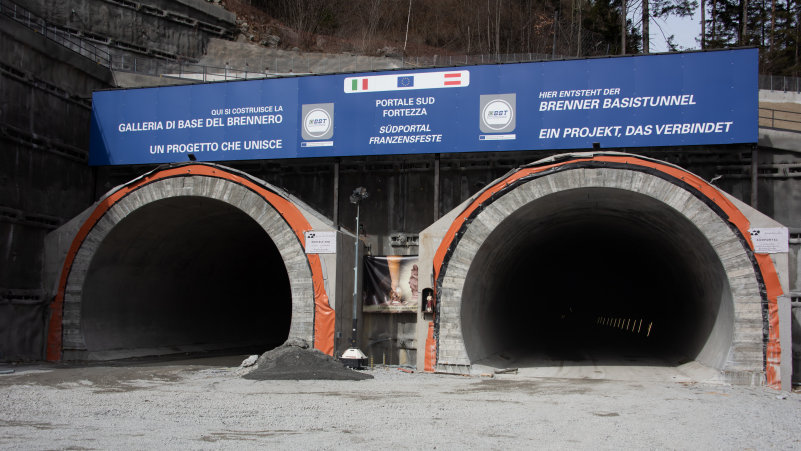

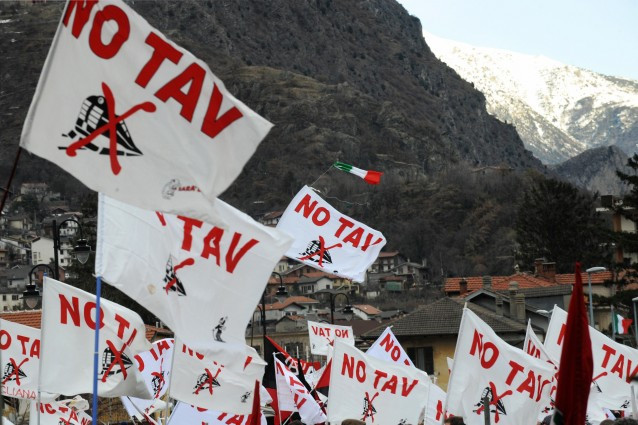

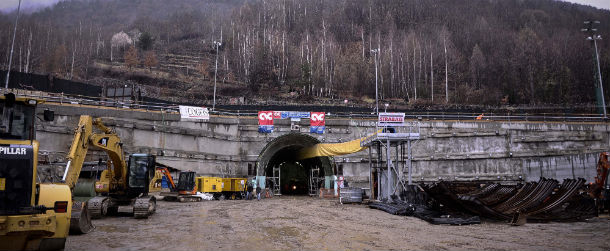
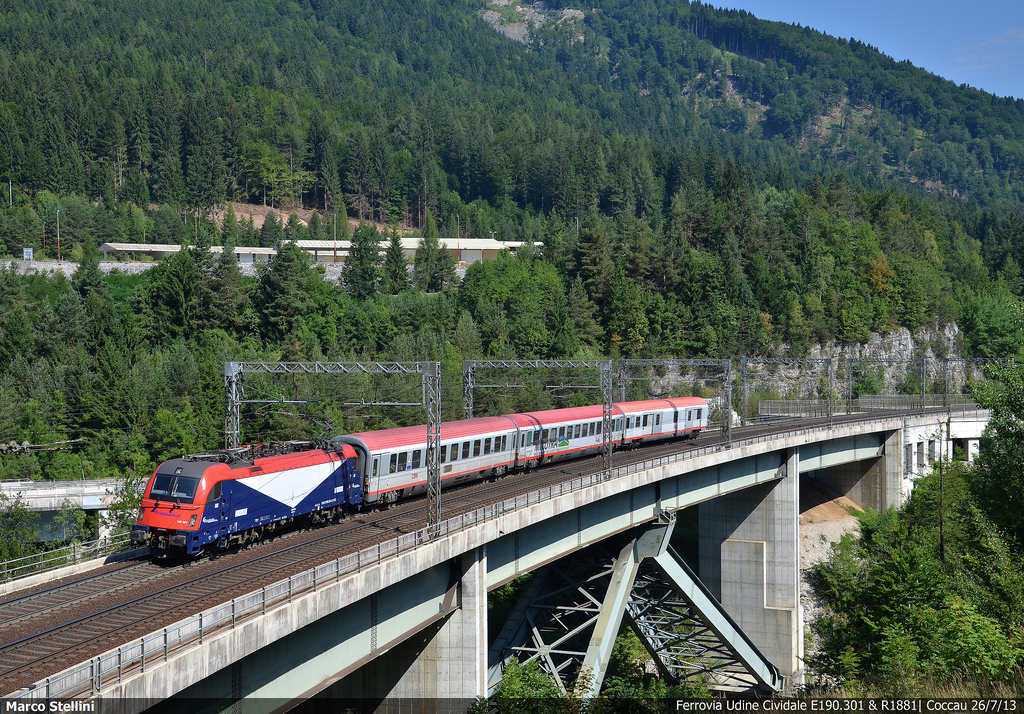
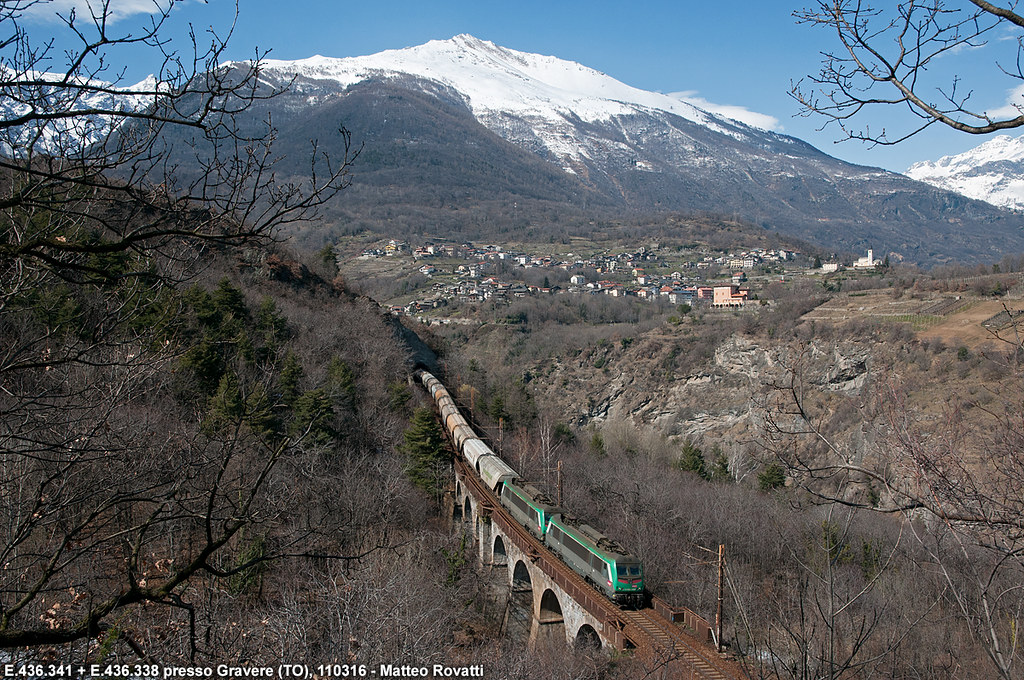 https://abs.twimg.com/emoji/v2/... draggable="false" alt="😍" title="Lächelndes Gesicht mit herzförmigen Augen" aria-label="Emoji: Lächelndes Gesicht mit herzförmigen Augen">" title="16/ By the end of the current decade, the whole experience of crossing the Alps by train will be revolutionized, with increased freight capacity and faster passenger journeys. But don& #39;t be sad: for the lovers of landscape, trains will continue to go over the old, curvy routeshttps://abs.twimg.com/emoji/v2/... draggable="false" alt="🥰" title="Smiling face with 3 hearts" aria-label="Emoji: Smiling face with 3 hearts">https://abs.twimg.com/emoji/v2/... draggable="false" alt="😍" title="Lächelndes Gesicht mit herzförmigen Augen" aria-label="Emoji: Lächelndes Gesicht mit herzförmigen Augen">" class="img-responsive" style="max-width:100%;"/>
https://abs.twimg.com/emoji/v2/... draggable="false" alt="😍" title="Lächelndes Gesicht mit herzförmigen Augen" aria-label="Emoji: Lächelndes Gesicht mit herzförmigen Augen">" title="16/ By the end of the current decade, the whole experience of crossing the Alps by train will be revolutionized, with increased freight capacity and faster passenger journeys. But don& #39;t be sad: for the lovers of landscape, trains will continue to go over the old, curvy routeshttps://abs.twimg.com/emoji/v2/... draggable="false" alt="🥰" title="Smiling face with 3 hearts" aria-label="Emoji: Smiling face with 3 hearts">https://abs.twimg.com/emoji/v2/... draggable="false" alt="😍" title="Lächelndes Gesicht mit herzförmigen Augen" aria-label="Emoji: Lächelndes Gesicht mit herzförmigen Augen">" class="img-responsive" style="max-width:100%;"/>


